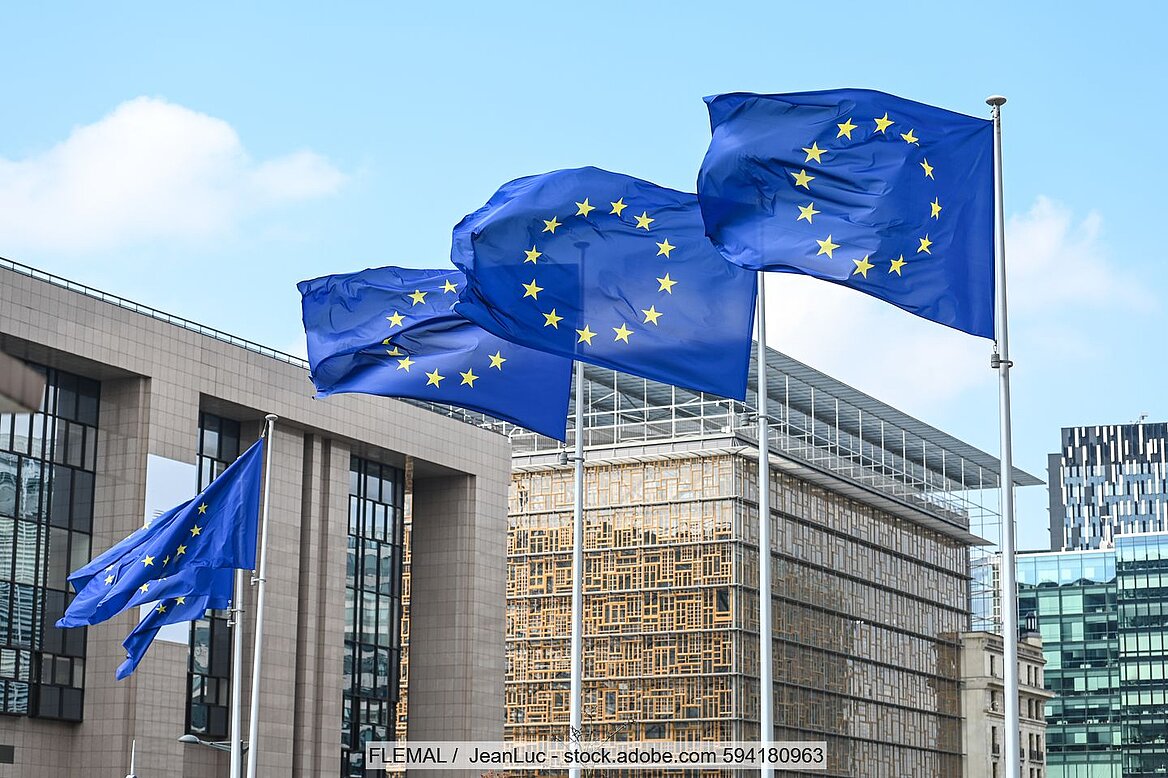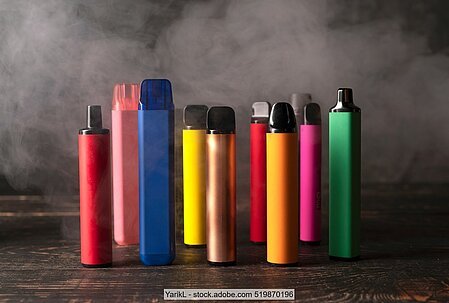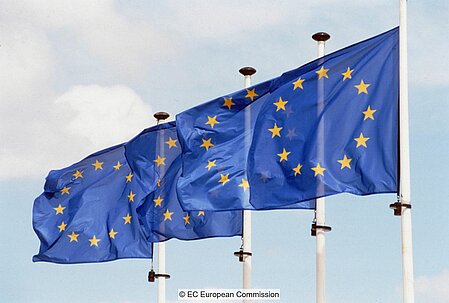
The new EU Battery Regulation has undergone final adoption. At the today's Council meeting, member states voted to adopt the new rules for the battery sector – Slovenia and Bulgaria abstained. The Regulation will now enter into effect 20 days after it is published in the Official Journal of the EU – probably in early August. Six months after that date, most of the legislation's provisions become binding. Because the new regulatory framework for batteries takes the form of a Regulation, its provisions will apply directly and not need to be transposed into national law is the case for a Directive.
Not all of the new requirements will become binding six months after the law comes into effect. For example, manufacturers will not have to ensure that portable batteries are removable and replicable by end users until some three and a half years after the Regulation enters into force – presumably shortly after the start of 2027. The legal regulations on spent batteries do not have to be applied until 24 months after the Regulation comes into force. The new rules for spent batters include, for example, obligations with respect to producer responsibility and collection, treatment and recycling of batteries, which must be complied with beginning in mid-2025. By the end of 2027, the Commission is also tasked with presenting a report on the feasibility and potential benefits of deposit systems for batteries.
By the end of 2027, the collection target for portable batteries will increase from the current 45 per cent to 63 per cent in the first of two increases. In a second step, the collection target will be raised to 73 per cent by the end of 2030. For the newly included category of batteries from "light means of transport", the class of vehicles including e-bicycles and e-scooters, a collection targets of 51 per cent must be achieved by the end of 2028. Three years later, the target will be 3 percentage points higher at 61 per cent.
The Regulation also sets a recycling target of at least 50 per cent for the lithium from end-of-life batteries to be achieved by the end of 2027.The lithium recycling target will be raised to 80 per cent in 2031. Changes to these targets are possible, depending on market and technological developments as well as the availability of lithium. An adjustment would need to be made through a delegated act. The Regulation also establishes recycling efficiency targets: 80 per cent by the end of 2025 for nickel-cadmium batteries and 50 per cent by the end of 2025 for used batteries with other chemistries.
For the first time, the regulation also establishes a mandatory minimum recycled content threshold for industrial batteries, starter batteries and traction batteries. The targets were initially set at 16 per cent for cobalt, 85 per cent for lead, 6 per cent for lithium and six per cent for nickel. However, the targets will not be binding for another eight years. Manufacturers must provide evidence of the recycled content of their batteries.
The EU Parliament and the member states hammered out a final agreement on the Battery Regulation at the end of last year after finding compromises on a number of contentious issues around collection, recovery and recycled content rate targets. In June, the EU Parliament confirmed this compromise. Today's final approval by the Council brings the legislative process for the Battery Regulation to an end after more than two and a half years.



